Hydrangea Paniculata: A Comprehensive Guide to Growing and Care
Hydrangea paniculata, commonly known as panicle hydrangea or peegee hydrangea, is a deciduous shrub native to Asia. It is highly valued for its stunning cone-shaped flowers, making it a popular choice for gardens and landscapes.
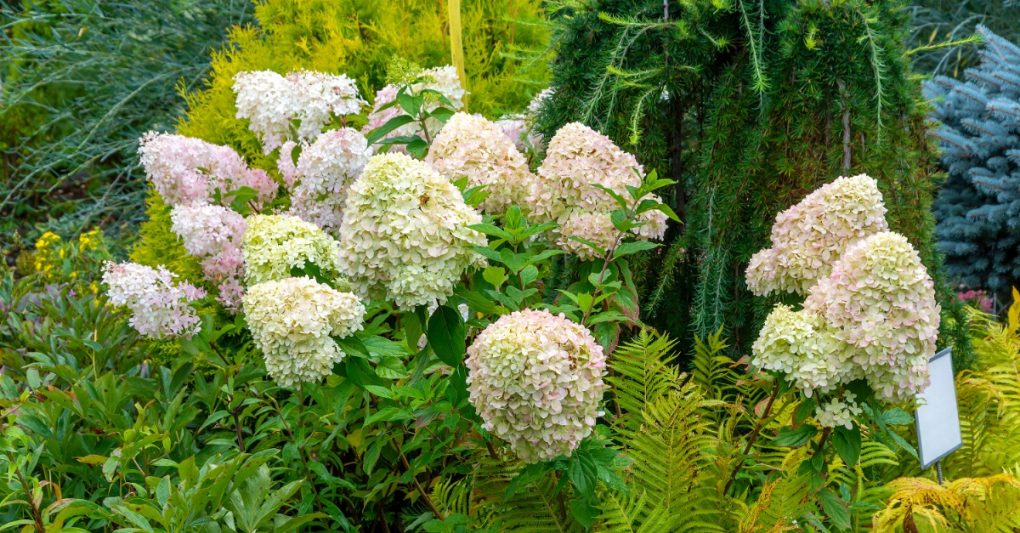
Table of Contents
Description
Hydrangea paniculata, or panicle hydrangea, is a deciduous shrub or small tree originating from China and Japan. This ornamental plant boasts large, showy flower clusters that bloom in summer and fall.
Physical Characteristics
● Height: Panicle hydrangeas typically grow to 8 to 15 feet, with exceptional specimens reaching up to 25 feet.
● Appearance: With a multi-stemmed, woody structure, this shrub exhibits a coarse-textured and robust presence.
● Leaves: The dark green leaves are oval to ovate and feature a pointed tip.
● Flowers: The flower clusters are notably large and cone-shaped, measuring up to 18 inches in length. They begin as creamy white and gradually transition to pink or red hues as they mature.
Cultivars
Panicle hydrangeas offer an extensive selection of cultivars, each showcasing unique traits. Here are a few popular options:
● ‘Limelight’: This cultivar boasts large, bright green flower clusters that transform into shades of pink during the fall.
● ‘Pinky Winky’: This cultivar adds a delightful touch to any garden with its two-toned pink and white flower clusters.
● ‘Little Lamb’: As a dwarf cultivar, ‘Little Lamb’ grows to a compact height of 3 to 5 feet.
These cultivars and numerous others provide a diverse range of flower colors, sizes, and shapes, making panicle hydrangeas a versatile and sought-after addition to any landscape.
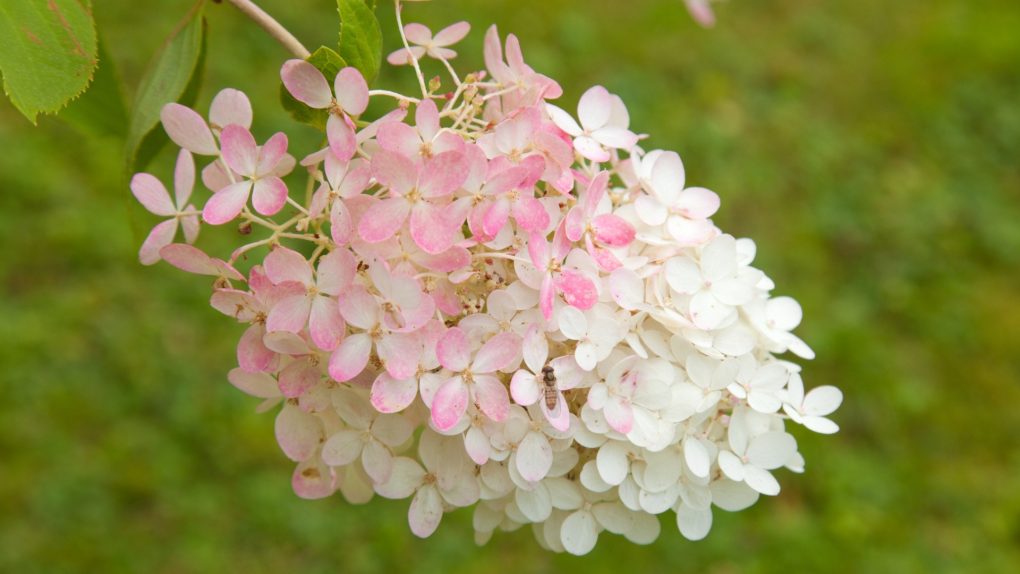
Growing and Caring for Hydrangea Paniculata
Hydrangea Paniculata is an easily cultivated and low-maintenance shrub. By following these tips, you can ensure its healthy growth and enjoy its abundant blooms throughout the summer.
Planting
● Select a well-draining soil for planting Hydrangea Paniculata, as overly moist soil can lead to root rot. Avoid areas with poor drainage.
● Choose a location that receives a minimum of 6 hours of sunlight daily, as this shrub can grow up to 10 feet tall and 7 feet wide, requiring ample space.
Watering
● Regular watering is essential for Hydrangea Paniculata, especially during hot and dry weather. Maintain moist soil without overwatering, as excessive moisture can lead to root rot and other issues.
● Deeply water the plant once a week or more frequently during exceptionally hot and dry periods. Then, apply a layer of mulch around the plant’s base to retain moisture in the soil.
Fertilizing
● To foster optimal growth, Hydrangea Paniculata thrives on well-fertilized and well-draining soil.
● For this variety, it is recommended to use a balanced fertilizer with equal parts nitrogen, phosphorus, and potassium. Apply fertilizers in early spring and mid-summer for best results.
● Note that the soil pH level does not influence flower color, but maintaining the appropriate pH level helps prevent iron deficiency in the foliage.
Pruning
● Prune Hydrangea Paniculata in early spring, before new growth emerges. This promotes healthy growth and maintains a neat appearance.
● Remove dead or damaged branches and any branches that cross or rub against each other.
● Additionally, eliminate branches that grow too close to the
● ground to ensure optimal air circulation and prevent disease.
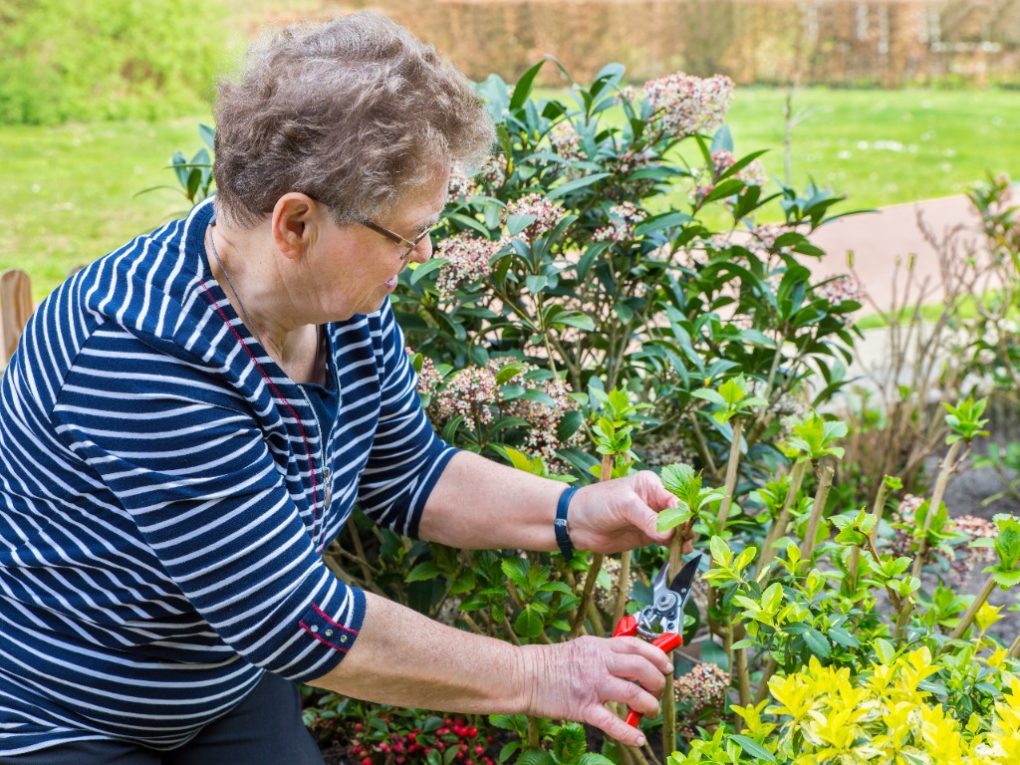
Common Problems with Hydrangea
Hydrangea paniculata is a hardy plant but can still face a few common problems. Here are some issues that gardeners may encounter:
Pests
Although not prone to pest infestations, Hydrangea paniculata can attract unwanted visitors:
● Aphids: These small, soft-bodied insects cluster on the undersides of leaves, sucking the sap and causing leaf curling and yellowing.
● Spider mites: These tiny pests can be difficult to spot. They cause yellowing leaves and develop fine webbing.
● Scale insects: These insects appear as small, raised bumps on stems and leaves, leading to yellowing and wilting of leaves.
Diseases
While generally resistant to most diseases, Hydrangea paniculata can still be affected by common issues:
● Powdery mildew: This fungal disease creates a white, powdery coating on leaves and flowers, caused by high humidity and poor air circulation.
● Leaf spot: This fungal disease results in brown spots on leaves that may turn yellow and fall off. Wet leaves and poor air circulation cause it.
● Bacterial wilt: This disease causes sudden wilting and death of the plant caused by bacteria in the soil, and there is no cure.
If you notice any of these problems with your Hydrangea paniculata, take quick action to prevent further damage. Remove affected leaves or flowers and use an appropriate pesticide or fungicide if necessary.
Uses of Hydrangea paniculata
Hydrangea paniculata is a versatile plant with various uses. Here are two common applications:
Landscaping
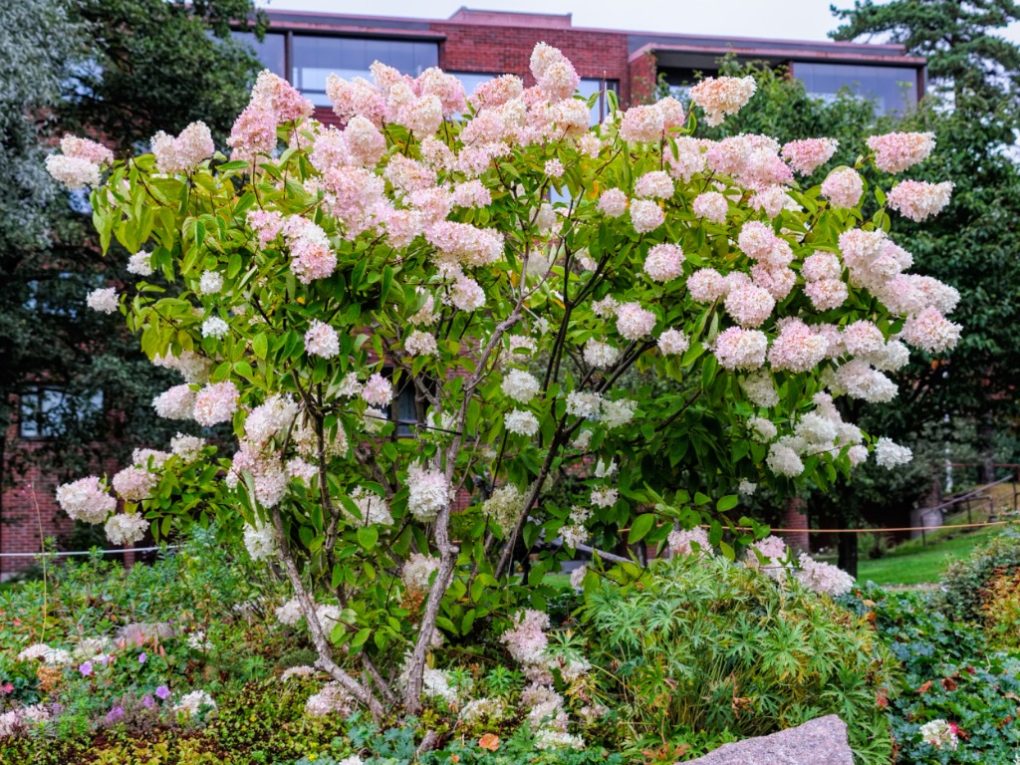
Hydrangea paniculata is a popular choice for landscaping due to its hardiness and attractive appearance. It can be used as a standalone shrub or in a mixed border, and works well in mass plantings, hedges, or as a specimen plant, with large, showy flower heads adding visual interest to any landscape design.
The compact size and ability to thrive in different conditions make Hydrangea paniculata suitable for container gardening. It is an excellent choice for adding color and texture to patios, decks, and other outdoor living spaces.
Cut Flowers
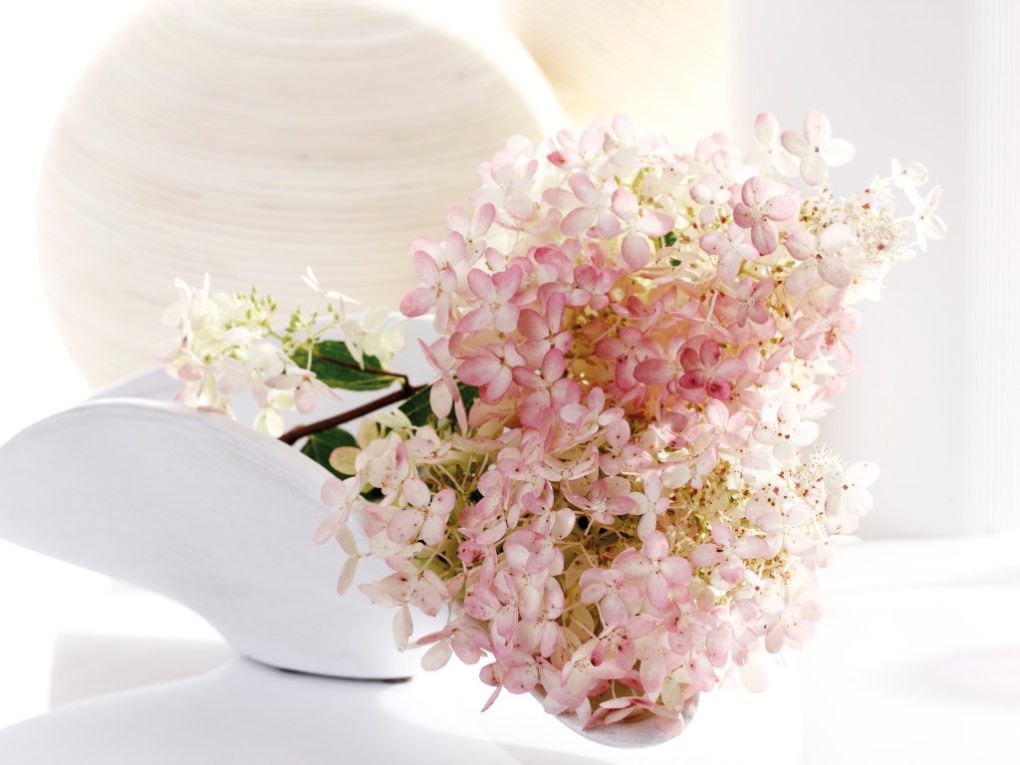
Hydrangea paniculata is a popular cut flower due to its large, showy blooms and long vase life. The flowers can be used fresh or dried for floral arrangements, adding elegance and sophistication to any room.
When using Hydrangea paniculata as a cut flower, remember to cut the stems at a 45-degree angle and place them in a vase with fresh water. Change the water every few days to ensure the flowers stay fresh.
